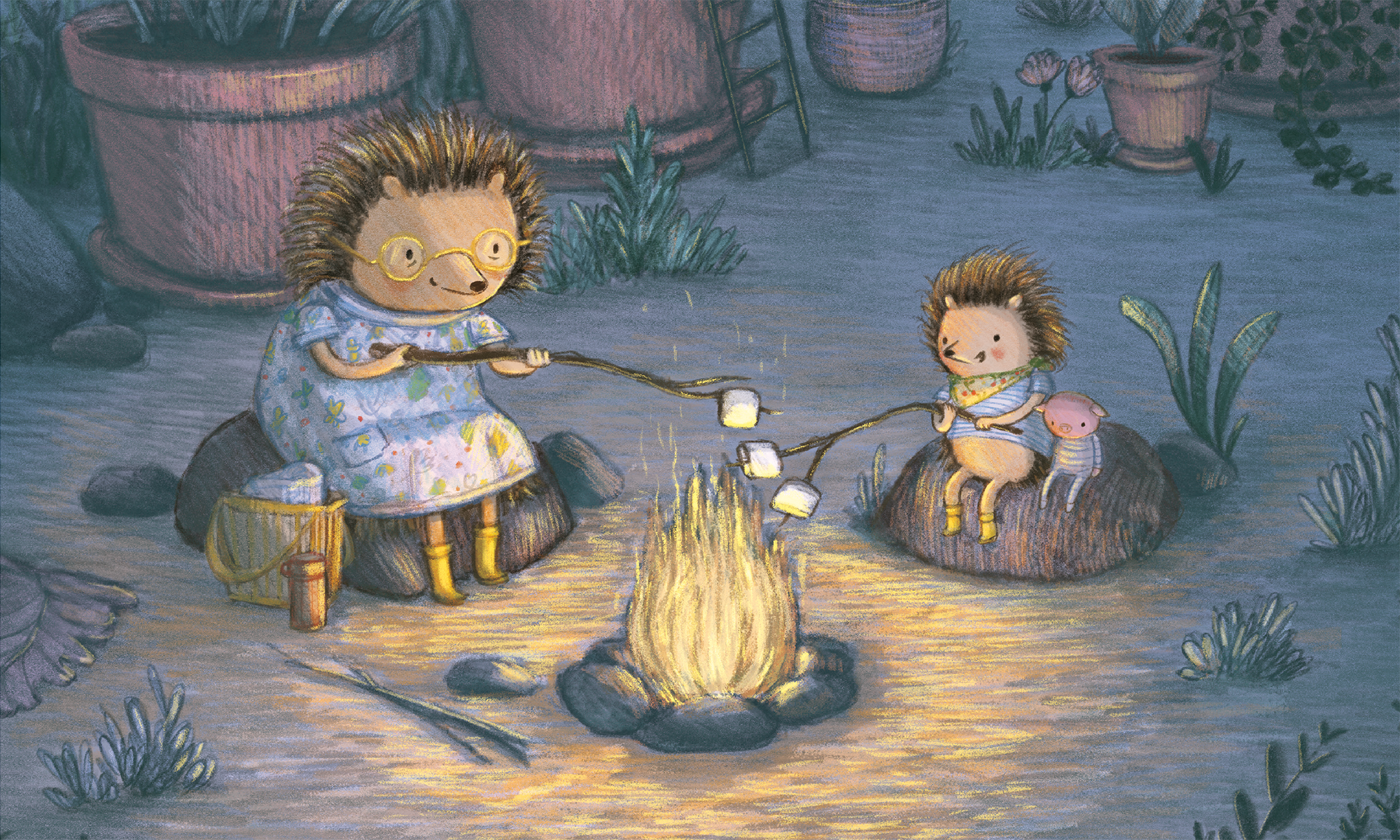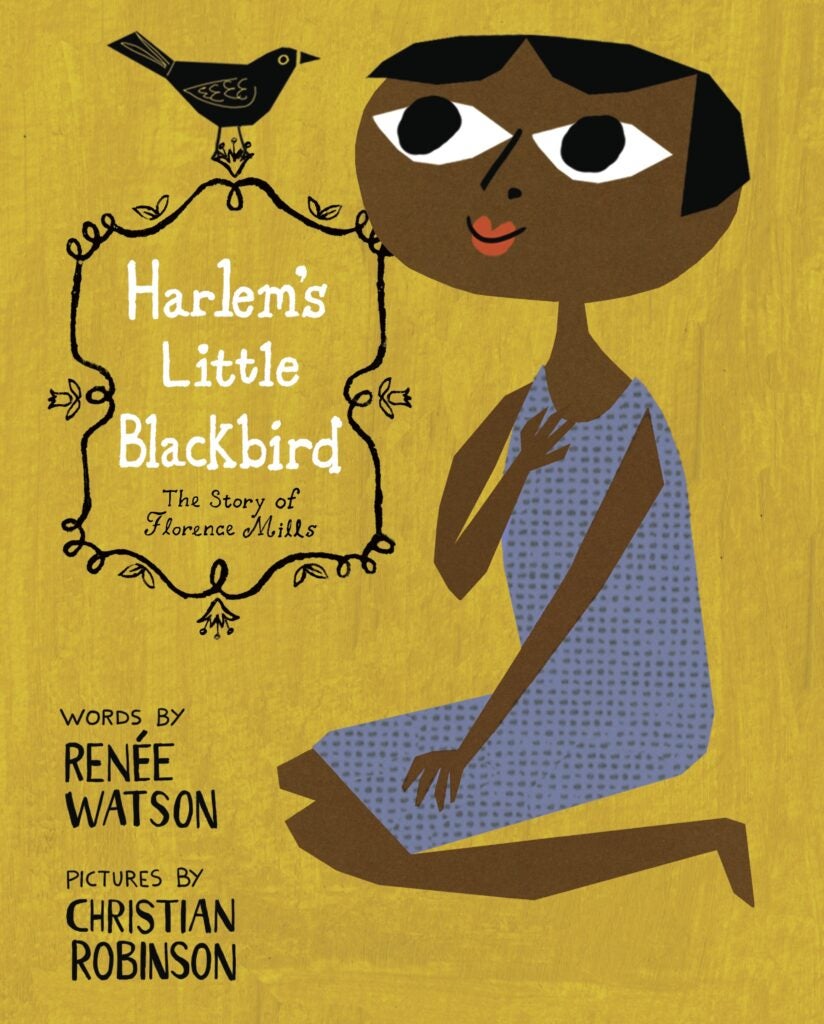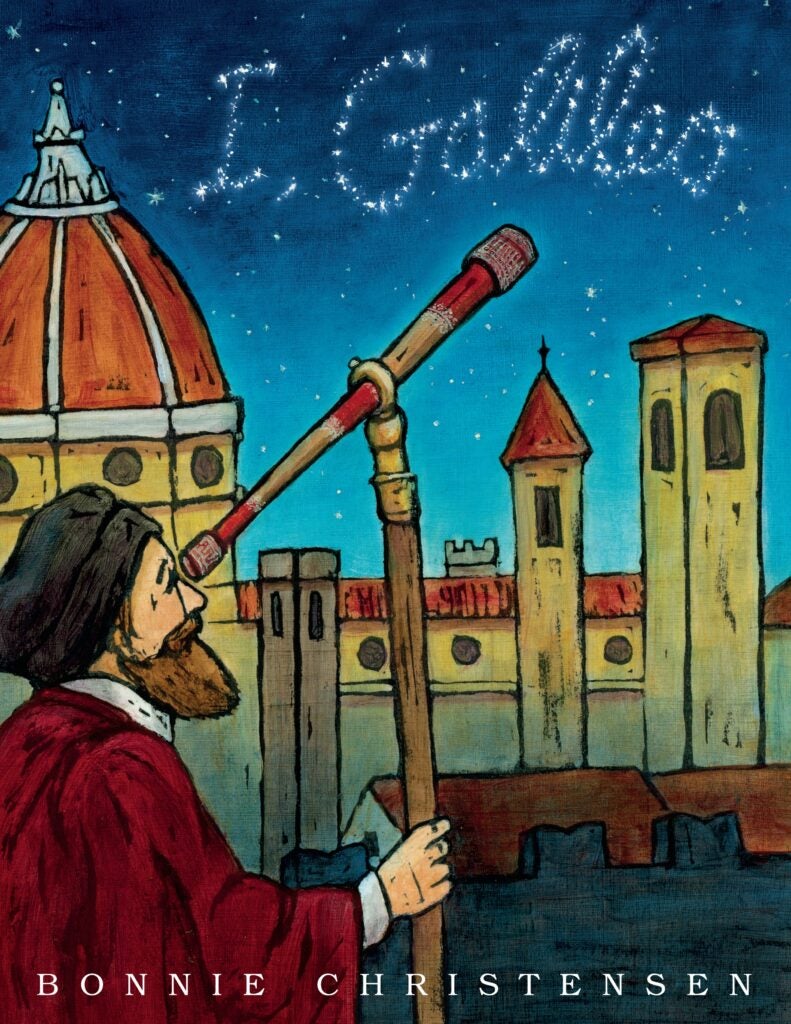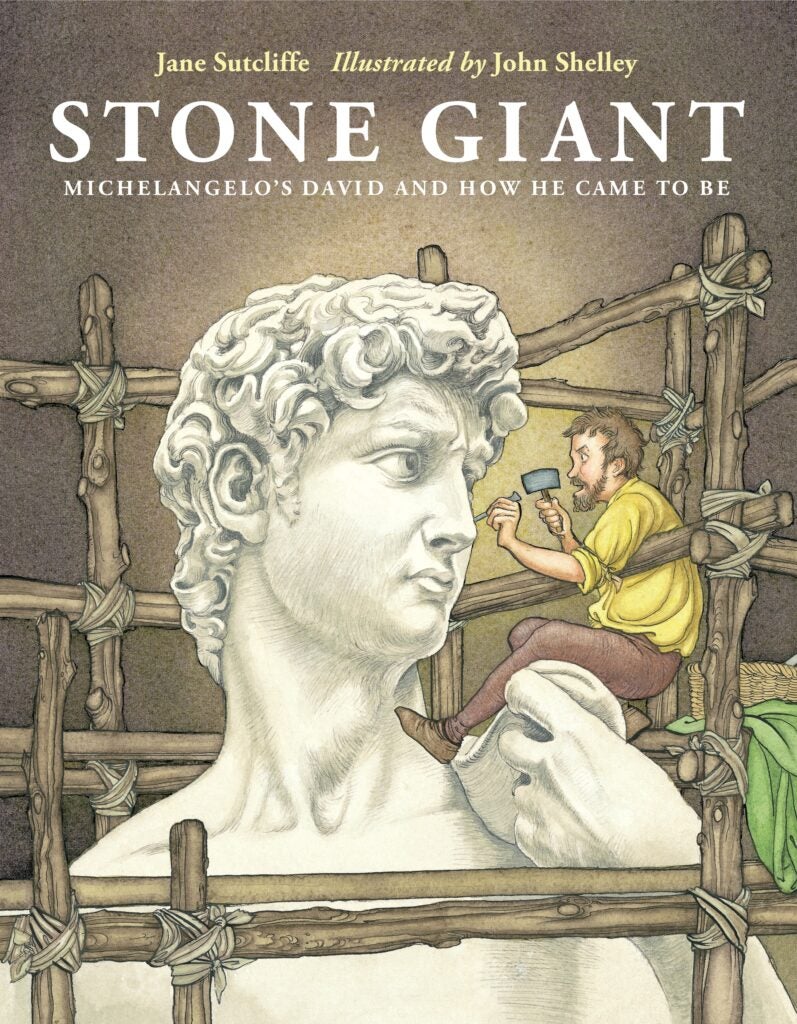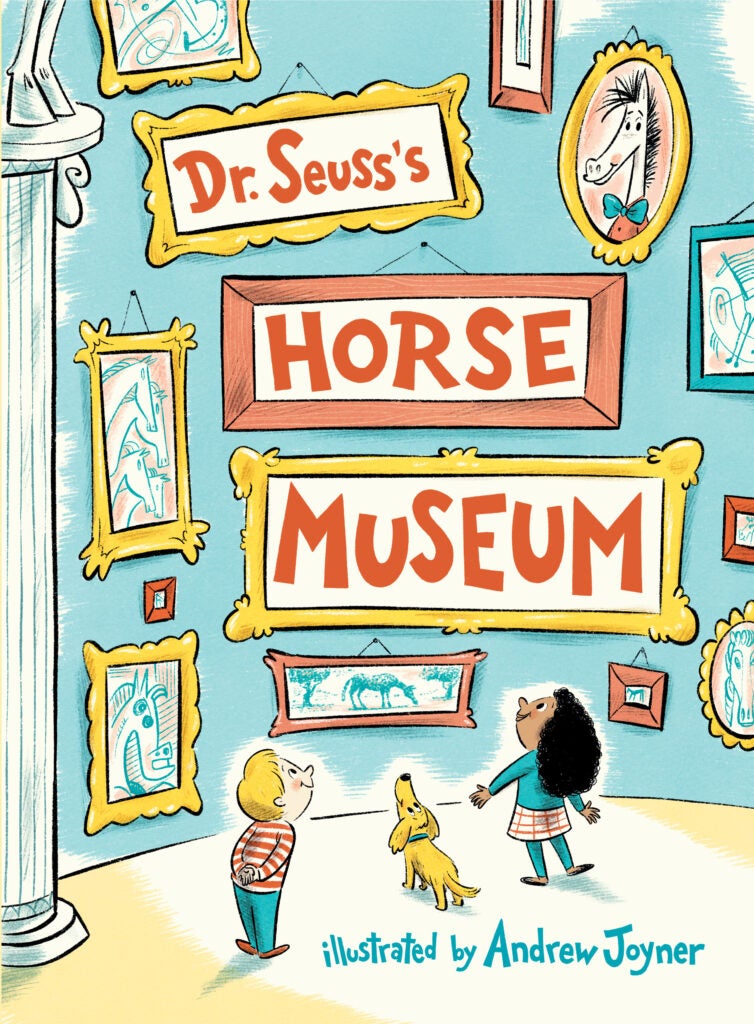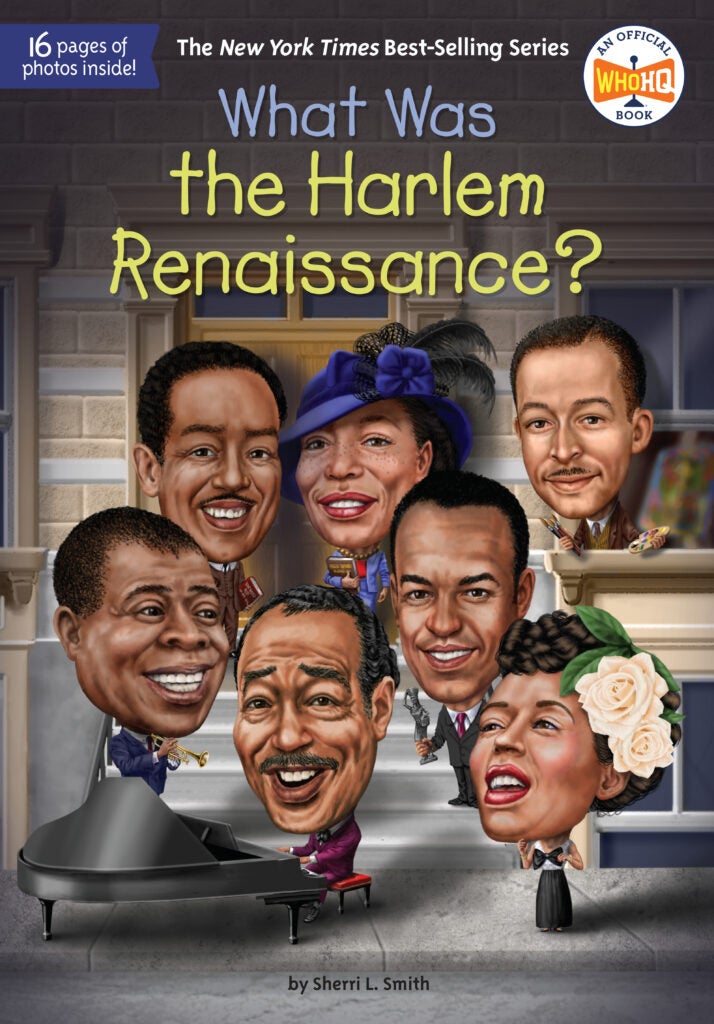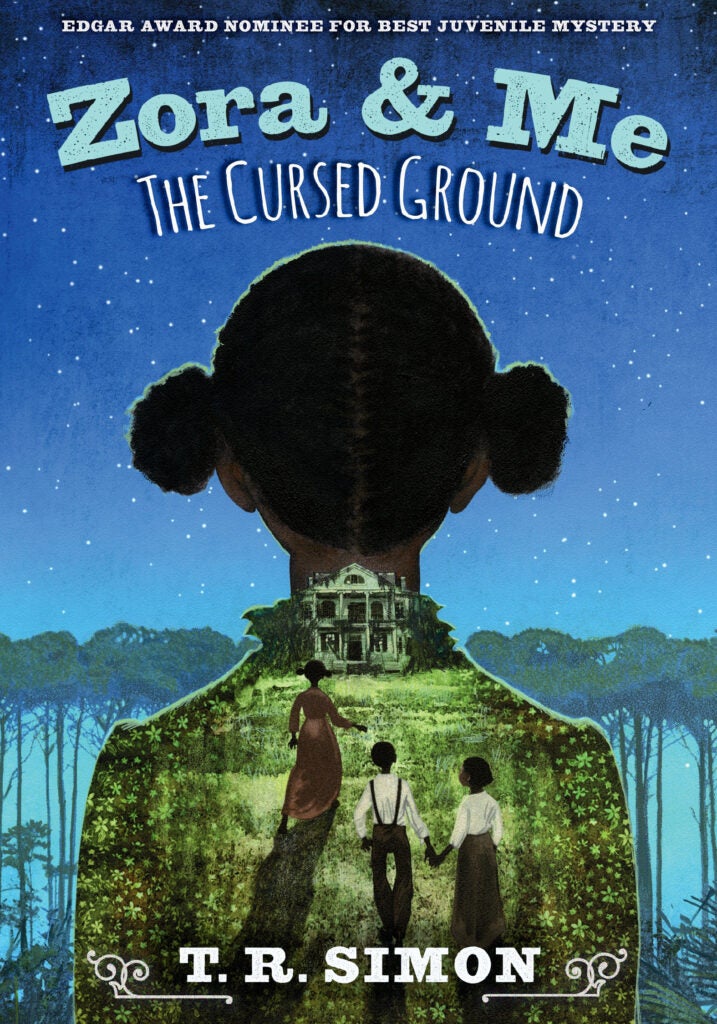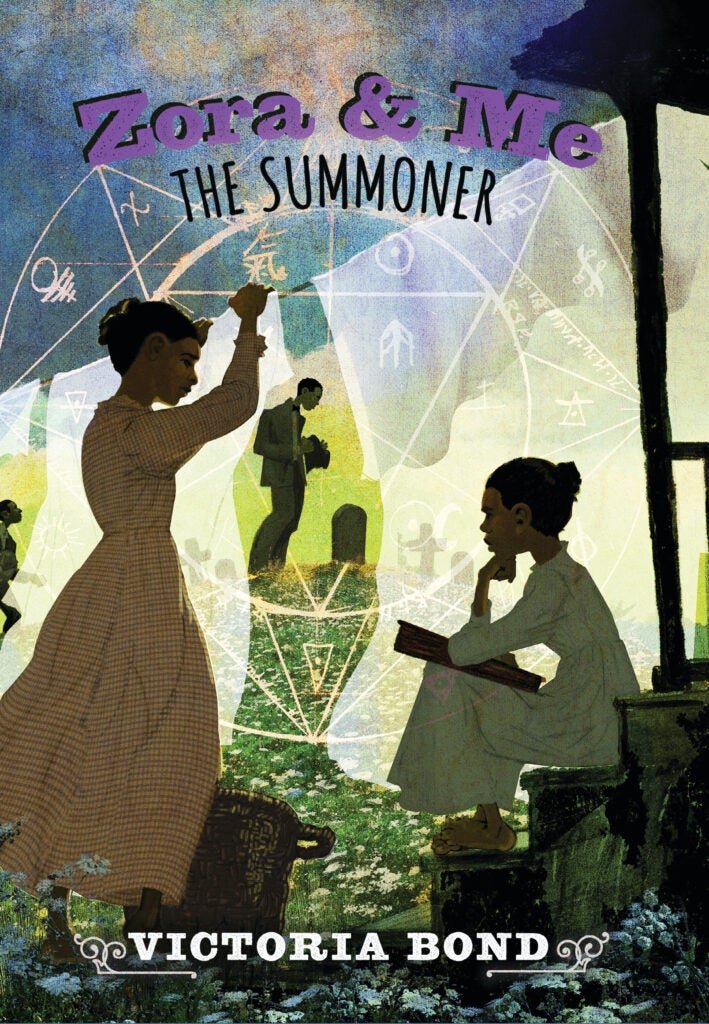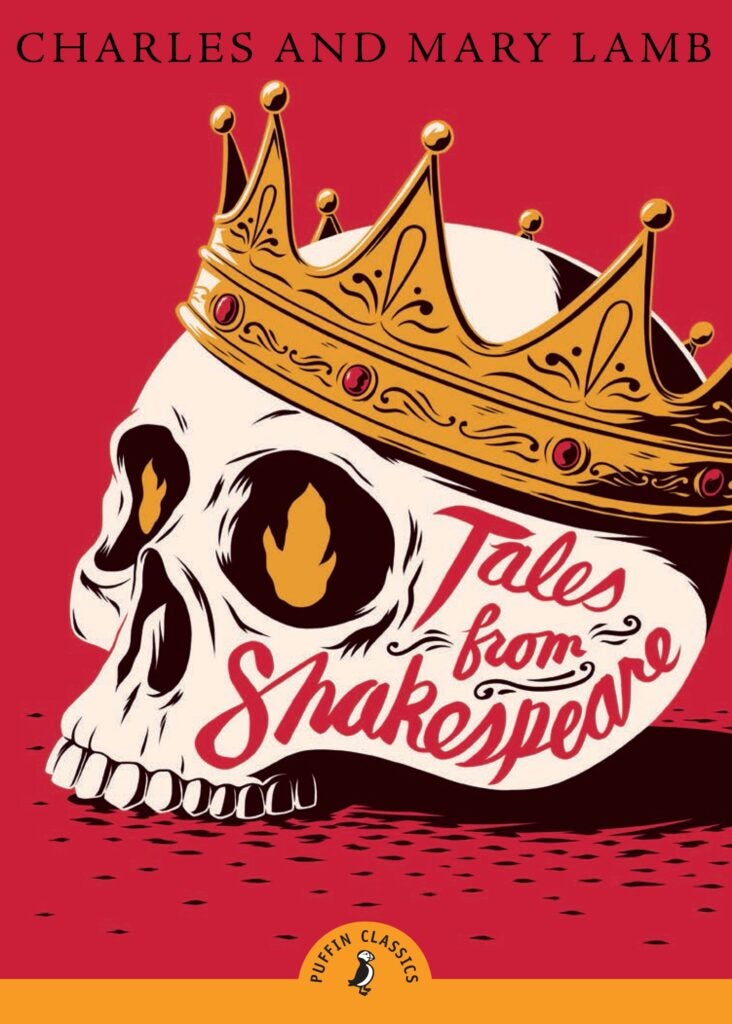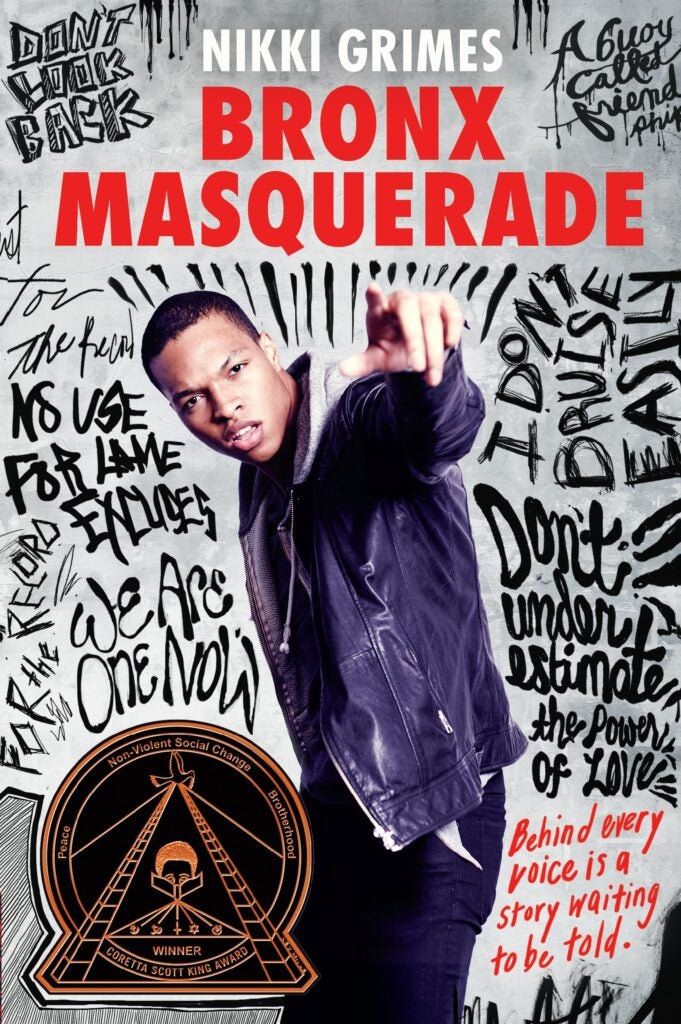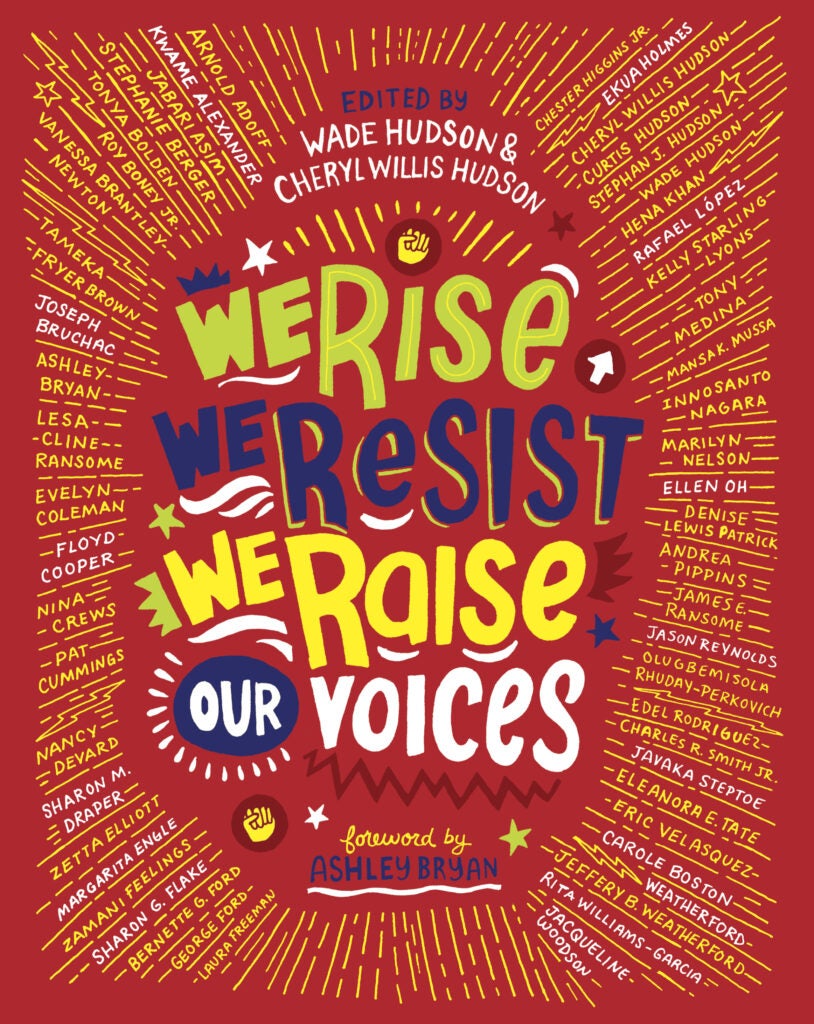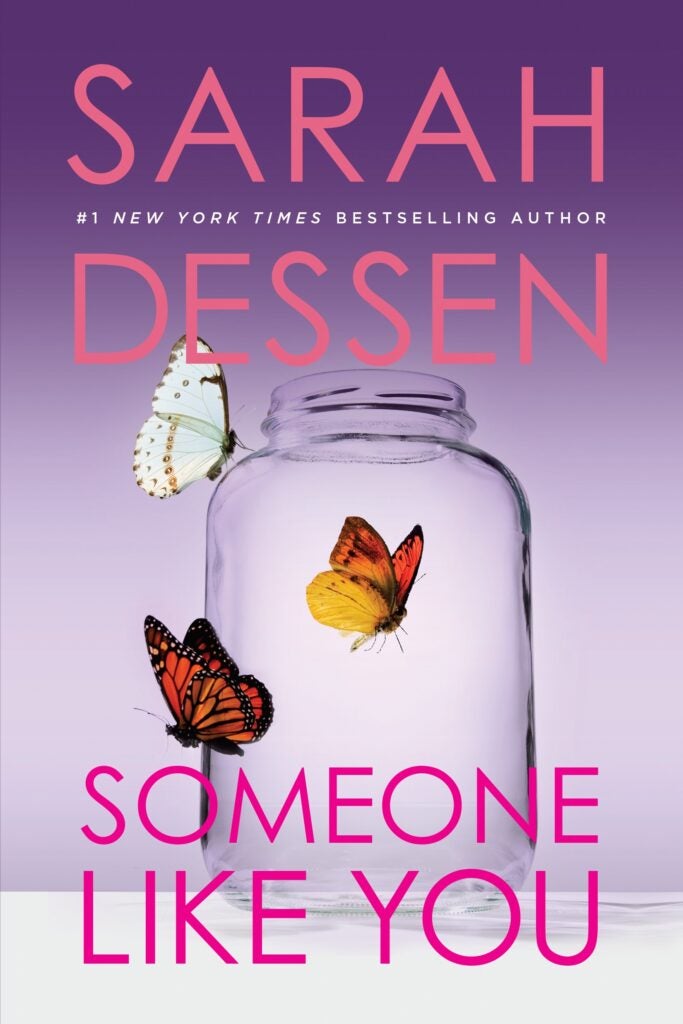Hello, and thanks for joining us at Tundra Telegram, the column where we burrow into the issues of the day, and suggest a few books beyond comp-hare that might warren-t a closer read.
This past weekend was the beginning of the Lunar New Year, arguably the most important annual holiday in Chinese culture, and a celebration in several other Asian countries. The Lunar New Year began on Sunday, January 22, and will last fifteen days, ending on the first full moon. This year is the Year of the Rabbit (except in Vietnam, where it is the Year of the Cat), which, in the Chinese Zodiac, symbolizes longevity, peace, and prosperity. (Sounds good to us!)
If you know children’s books at all, you know rabbits pop up now and then, so we’ve assembled a colony of kids’ books featuring everyone’s favorite fuzzy lagomorphs. While we could have included the classics: your Peter Rabbits, your Velveteen Rabbits, your Pat the Bunnies, your Guess How Much I Love You Nut-Brown Hares . . . instead we tried to highlight some bunnies off the beaten path that are worth a read. So, let’s hop to it!
PICTURE BOOKS

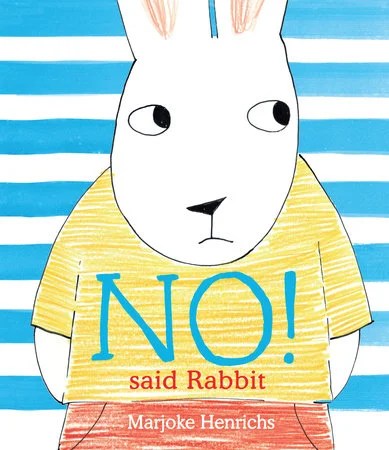
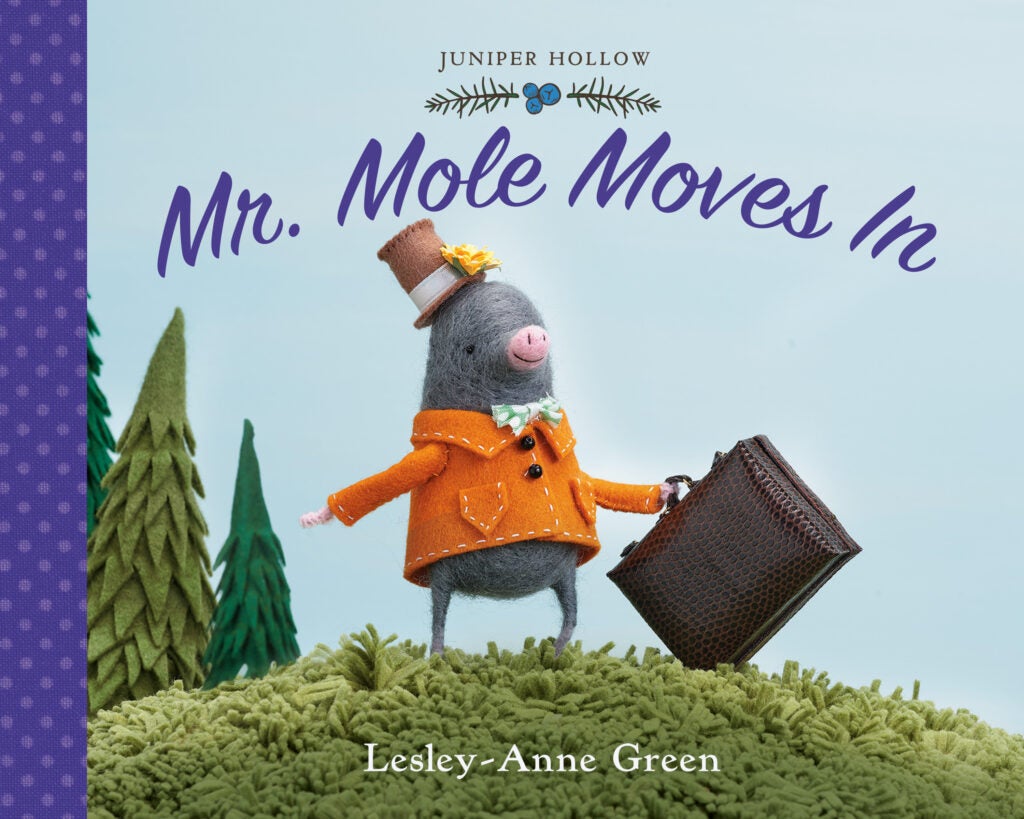
An unforgettable rabbit who actually forgets quite a bit stars in Barnaby Never Forgets by Pierre Collet-Derby. Barnaby insists he has a great memory, even though he can’t remember where he put his glasses when they’re on his own face! Barnaby’s story is very funny, with a lovable lead character and a totally hilarious surprise ending.
If you like your rabbits strong-willed rather than absent-minded, you’ll like Marjoke Henrichs‘s No! said Rabbit. A perfect read for anyone, like Rage Against the Machine, who doesn’t like to be told what to do. It’s all about a bunny who doesn’t want to listen when he’s told to get up, get dressed, have breakfast, play outside, have a bath or more. (This must be why rabbits are so difficult to train!)
Mr. Mole Moves In by Lesley-Anne Green may seem from its title and cover to be thin on rabbit content, as it’s the story of the arrival of Mr. Mole to Juniper Hollow, who surprises his new neighbors with some peculiar behavior – talking to watermelons and giving children erasers to eat, among other bizarre actions. But it’s an observant rabbit who befriends Mr. Mole and diagnoses exactly why the newcomer is acting so wacky.

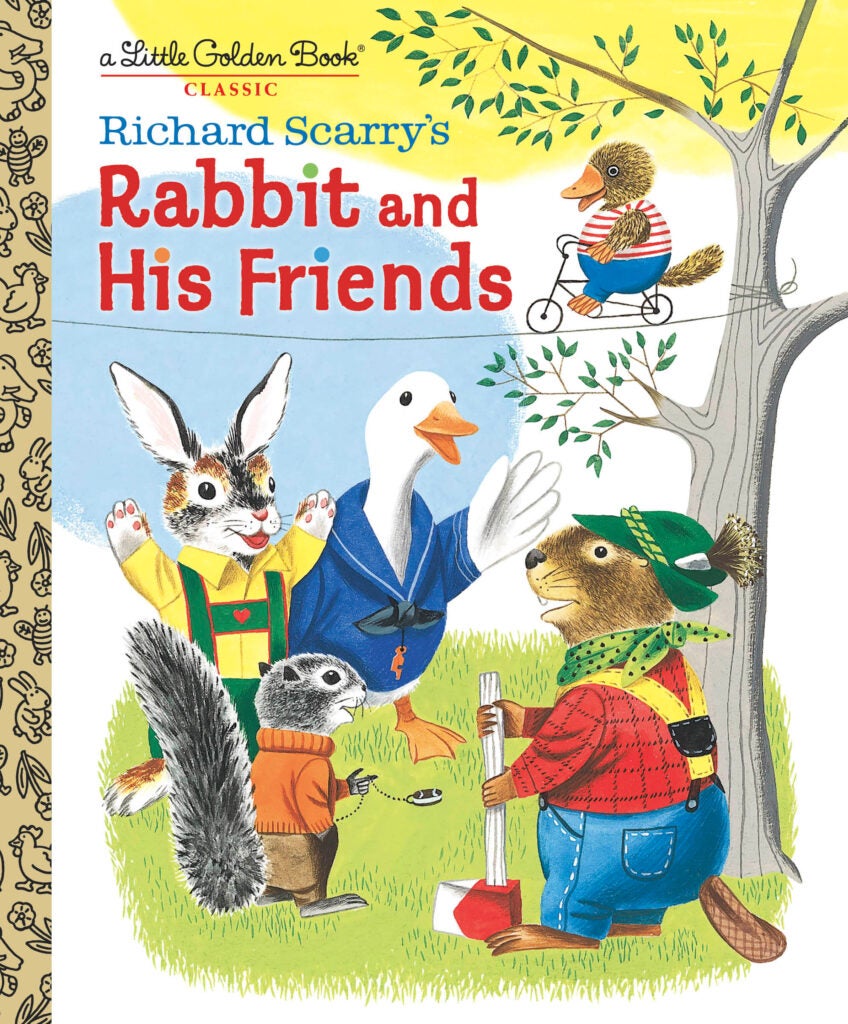
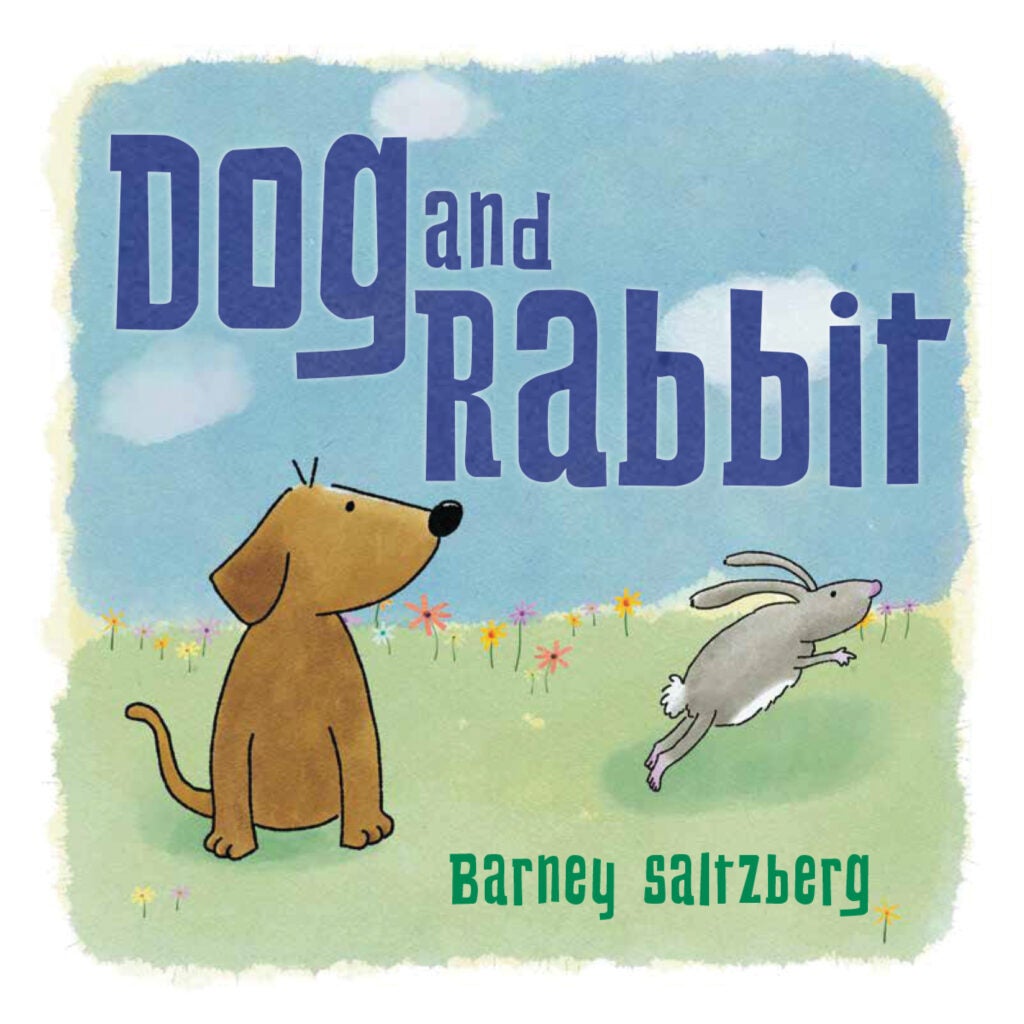
When it comes to observant rabbits, no one does it better than Katherine Battersby‘s Squish Rabbit. Squish is a tiny rabbit and others seldom see or hear him. But Squish notices everything – especially when someone needs some help. Squish proves that even small animals can make a big difference in a book intended for some of the youngest readers.
Richard Scarry may be known as a classic children’s author, but do you know his book Rabbit and His Friends, an unusual ode to rabbit fatherhood? Rabbit finds an egg and assumes it belongs to Hen, until it hatches. That’s when Rabbit and his friends learn what a platypus is and how it takes a village to raise a child.
In the same vein of unexpected companionship lies Dog and Rabbit by Barney Saltzberg, about Dog who likes Rabbit, but Rabbit only likes Bunny. (Can we blame all these animals for liking rabbits and bunnies?) Dog and Rabbit is a calm and gentle book about unrequited friendship and patience (rather than a how-to guide to multiple pet ownership).



Bunny uses the power of books and libraries in the rabbit-and-reading-lover dream project Bunny Figures It Out by Ruby Shamir and Andrew Joyner. Bunny runs out of jelly while making a sandwich (must be at Shakira’s house), so she endeavors to make her own. How will she do it? She heads to the library and does jelly research in a book with lessons for any DIY preserve fan.
The bunny in Peter Raymundo‘s The Mysterious Sea Bunny may not be the kind you’re used to seeing in picture books. It’s not fluffy; it’s kind of slimy. And it’s only an inch long! A sea bunny is a species of sea slug and young readers will love learning about it (even if they may not want to give it a cuddle).
And for a rabbit that knows how to defend itself, you’ll want to read Black Belt Bunny by Jacky Davis and Jay Fleck, with a rabbit who can do front-kicks and back-flips to air-chops – but gets anxious when he has to try something new: making a salad. This is a very funny book that features a bunny, a bunny’s favorite food and how martial arts can help even in basic food prep.
CHAPTER BOOKS & MIDDLE GRADE



Rabbits practicing martial arts makes sense – everyone knows they are phenomenal at kicking – but what about a rabbit playing baseball? Or a rabbit zapped into a video game? Or blasting into outer space? Such are the premises of the Jack books by Mac Barnett and Greg Pizzoli, which star the titular mischievous rabbit, a cranky old lady, and dog friend Rex.

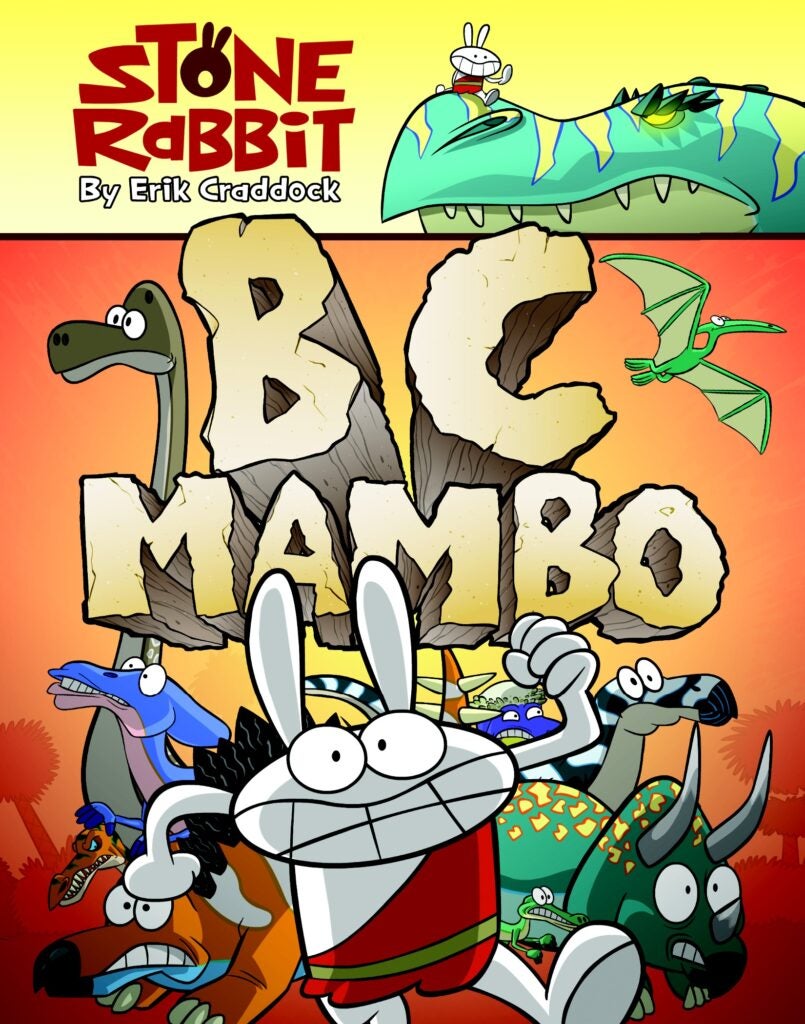

The first book in the Melanie Watt‘s Scaredy Squirrel Nutty Adventures graphic novels, Scaredy Squirrel in a Nutshell, sees our anxiety-plagued hero overcome his fears to leave his tree (despite the danger) and make a new fluffy bunny friend Ivy! (And, trust us, it is not lost on Scaredy that this bunny friend shares a name with one of the most poisonous plants you can name, but the friendship may be worth the risk!)
If you need early reader graphic novels where a rabbit isn’t just a best friend, but is the main character, there’s Stone Rabbit by Erik Craddock. In BC Mambo, Stone Bunny finds a time portal under his bathroom rug and winds up in the Jurassic Period, running from thunder lizards. Things only get zanier as the series progresses, as Stone Rabbit finds himself fighting pirates, stopping alien invasions, becoming a ninja, and basically dipping into every other genre beloved by kids.
And Princess Magnolia and her unicorn Frimplepants face an unexpectedly adorable foe in the third book in the series by Shannon Hale, Dean Hale and LeUyen Pham, The Princess in Black and the Hungry Bunny Horde. Their monster alarm goes off and the dynamic duo is sent to a field full of cute little bunnies nibbling on grass, twitching their noses and wiggling their tails. Are these bunnies really monsters in disguise?
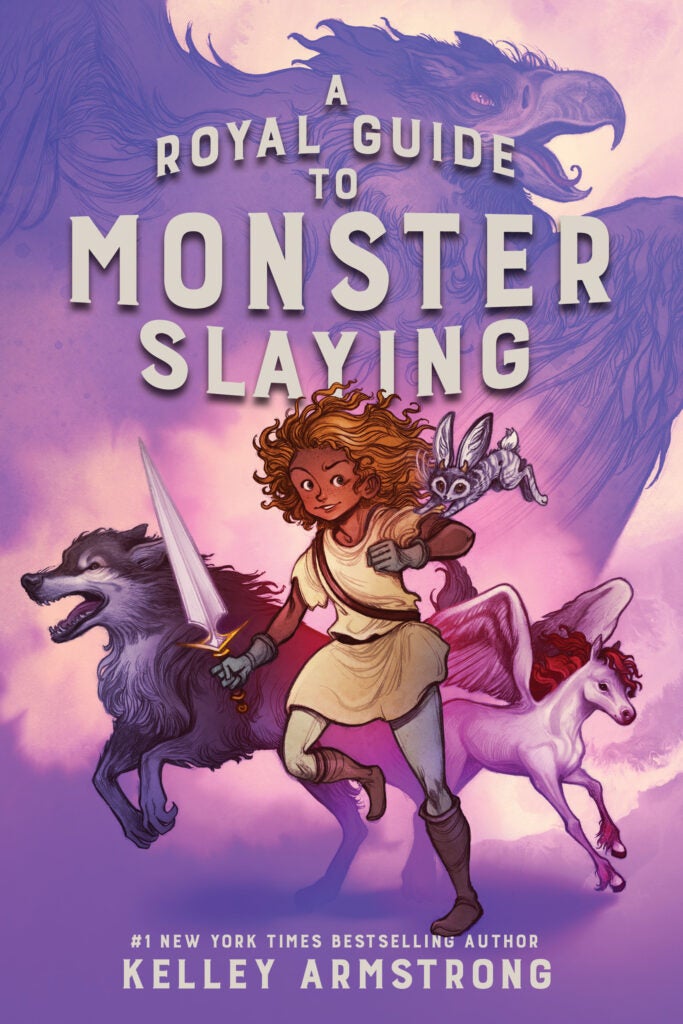
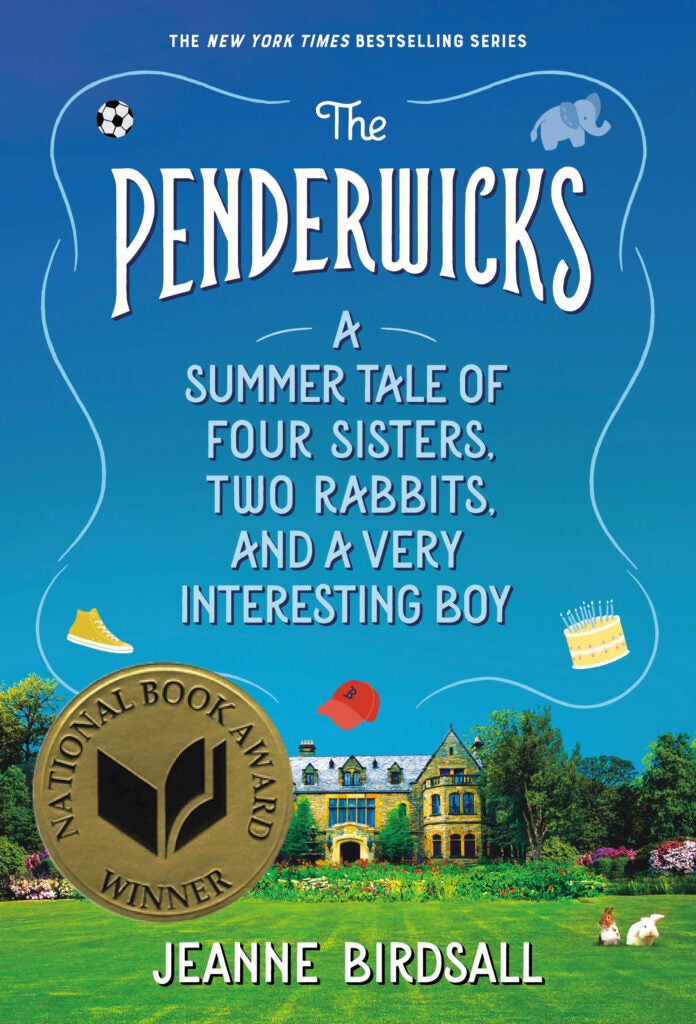

Speaking of monsters, Kelley Armstrong‘s pulse-pounding A Royal Guide to Monster Slaying series doesn’t feature any rabbits, but it does feature the rabbit’s mythological cousin, the jackalope! And not just any jackalope – it’s a baby jackalope (mythical jackrabbit with antelope horns) that accompanies Rowan, the unexpected royal monster slayer, as she hunts down a dangerous gryphon, among other exploits.
Who loves the summer more than The Penderwicks? Maybe rabbits? (It is part of their mating season.) The Penderwicks by Jeanne Birdsall is the story of four sisters with very different personalities who spend one summer with their father at a beautiful Massachusetts estate called Arundel – an estate replete with a duo of tame rabbits! Other adventures happen, too – they meet a boy, Jeffrey, the son of the estate’s owner, and run into some trouble. But the important thing is there are two rabbits!
The ultimate rabbit book is The Last Rabbit by Shelley Moore Thomas, a magical story also about four sisters – four enchanted rabbit sisters – on an isolated Irish island that is slowly sinking into the sea. Each of Albie’s sister rabbits have left the island to become girls again, but Albie doesn’t want to leave. She has visits with each of her sisters, now human again, before making her ultimate decision.
YOUNG ADULT


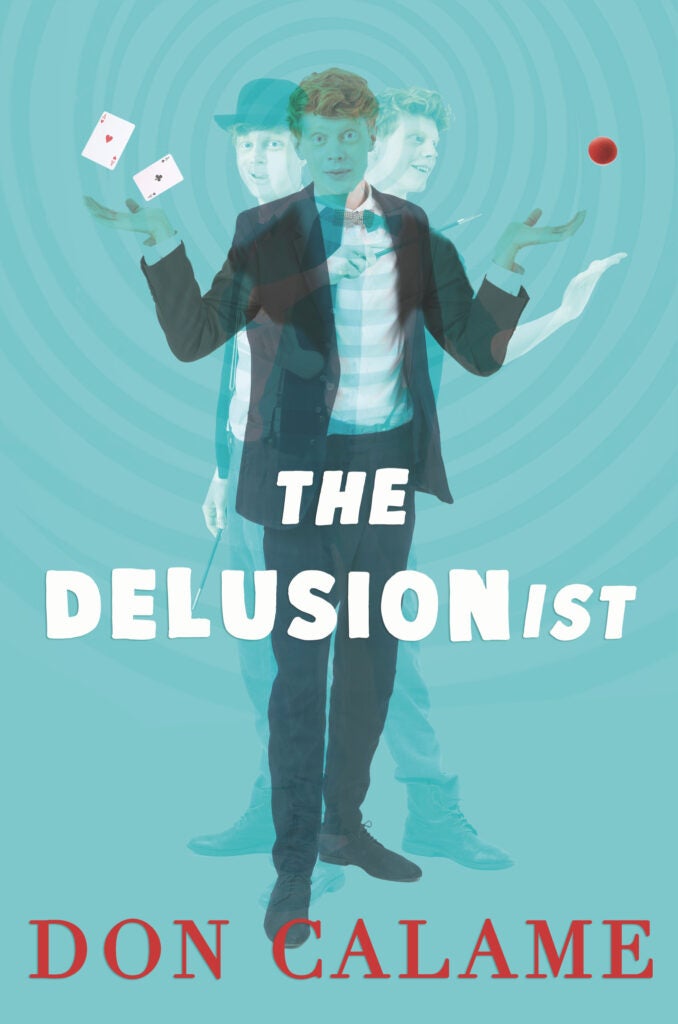
Let’s be honest – there aren’t a lot of YA novels that have a high quotient of bunny content. (I guess most readers grow out of reading about fuzzy rabbits as they get more mature, but please do not count us among them!) One exception is Under a Painted Sky by Stacey Lee. Samantha is a Chinese girl in Missouri, 1849. Annamae has escaped slavery. The two meet at a crime scene they’re implicated in, and flee for the West disguised as boys along the Oregon Trail – and then Samantha starts to fall in love with a cowboy. But where it fits our list is Samantha reads the people she meets through their Chinese zodiac signs (including those born in the Year of the Rabbit). And Annamae tells a crucial parable about a rabbit and snake. (There’s even a rabbit on the hardcover – see if you can find it!)
There are few more famous rabbits in literature than Alice in Wonderland‘s White Rabbit. So, you know the World War II Blitz homage to Carroll’s classic, Steven Sater‘s Alice by Heart, will feature a white rabbit. Interestingly, in this version, as fifteen-year-old Alice Spencer takes shelter in an underground tube station recounts her favorite story and her real life and Wonderland begin to blend, it is her friend (and love interest), tuberculosis-stricken Alfred, who becomes the White Rabbit. Who hasn’t wanted to smooch that perpetually late critter? (Be sure to check out the musical, as well!)
And what is an illusionist without a classic rabbit-out-of-a-hat trick? We’re not sure if fifteen-year-old budding magician Quinn Purcell, the star of Don Calame‘s The Delusionist, has a rabbit trick, or his partner Perry does, or if his magic rival-slash-crush Dani Darling does, for that matter. But that would be some real sleight-of-hand if a bunny never even made an appearance.
